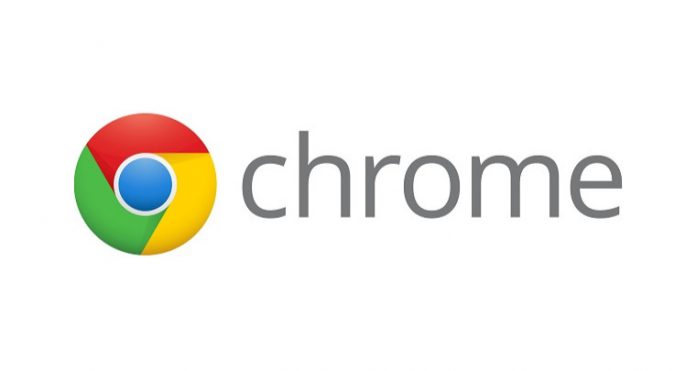As a result, it makes sense to push notifications directly to Microsoft’s dedicated hub, and Google finally agrees. A feature request was posted by users way back in 2015, but the company has been reluctant to act on it. Initially, the browser team decided on Chrome notifications, saying the ability to take actions from them was essential. At the time, many users pointed out that Windows 10 notifications are in fact actionable, and Google began working on a prototype in last year. The feature is now available in Chromium, Google’s open source test browser. Speaking on the request on March 1, a Google spokesperson said: “Thanks for your interest everyone! We’ve got a chain of changes that are landing in Chromium to allow it to integrate with the Action Center. Please save your feedback until the feature launches. Once it launches, you’re welcome to file bugs if you encounter any issues with the implementation.”
Chrome Implementation
We expect the functionality to roll out to Chrome after the bugs have been ironed out, bringing some notable advantages. As well as unifying user’s notifications, the addition of Action Center support will ensure respect for user’s quiet hours. Previously, you would get Chrome notifications even if Windows 10 was in quiet mode, which is a pain when you want peace and quiet. Currently, users have to opt into the feature manually, and that may not change anytime soon. Though Action Center notifications are convenient, Google has its reasons for doing it this way. Either way, you can test the functionality by downloading Chromium. You can enable the feature by heading to about:flags and ticking Enable Native notifications. Naturally, it’s not available on OSes without Action Center support.




